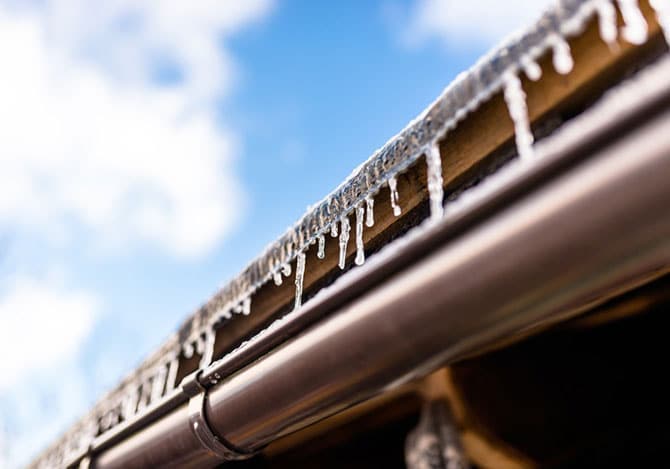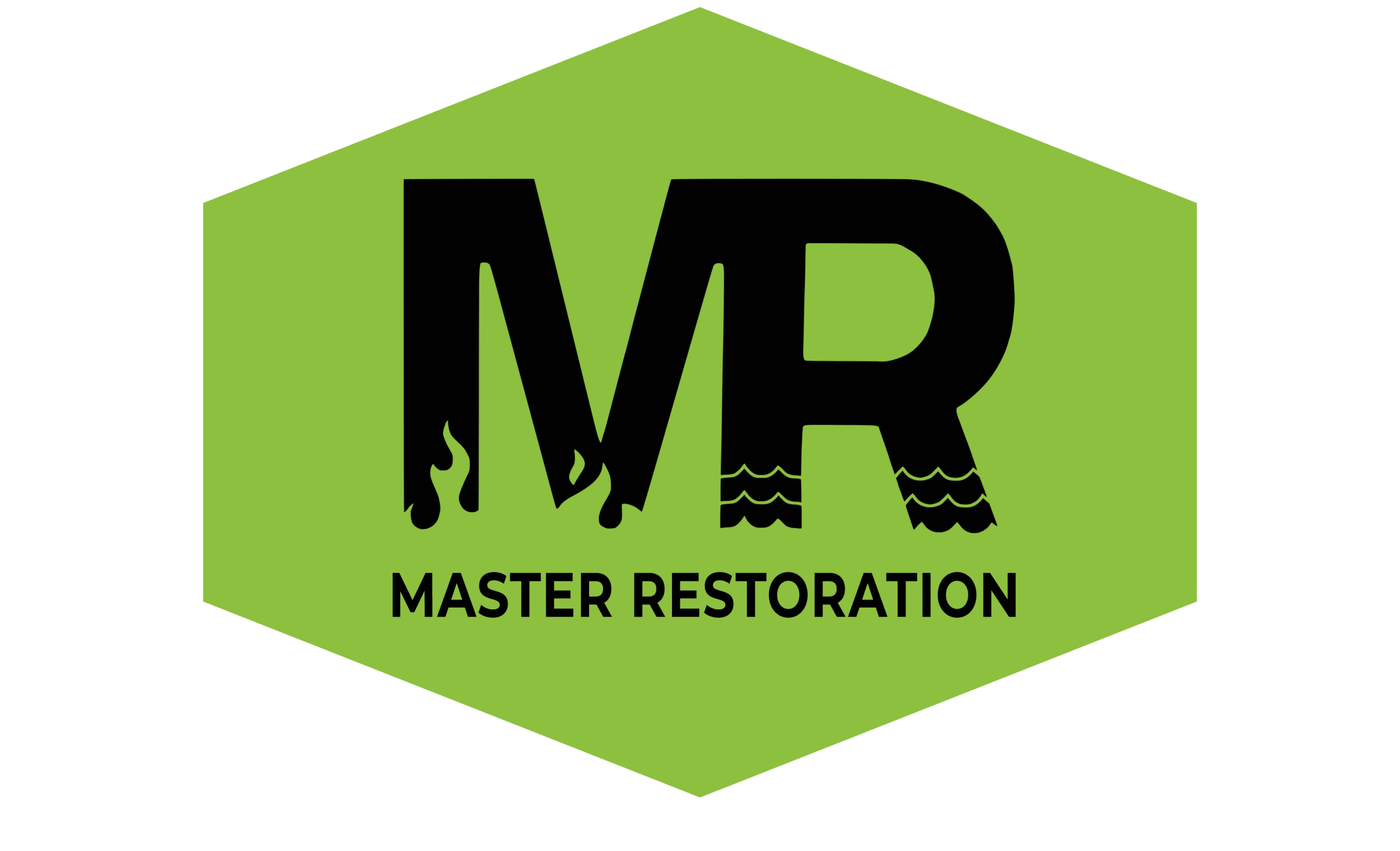
Winter House Damage to Expect and Prevent This Season
The cold weather brought by the approaching winter season may make you feel too lazy to do anything, but the reality is that you cannot procrastinate during this time! If you do not prepare your house for the winter, you will end up with a lot of damages to fix and deal with later.
Without enough preparation, the cold weather, ice, and snow can bring harm to your home. By knowing the problems that you might need to face, you can plan better and avoid an accident.
Common Winter House Damages to Expect
#1: Bursting pipes
If you have pipes located outside of your home, they are more likely to pose a risk of bursting in the winter. As the temperature gets colder, the water inside the pipes freezes. Water molecules expand—which results in added pressure within the lines! Too much pressure can lead to bursting pipes, extensive water damage, and costly repairs.
To counteract this, consider insulating your pipes and water tanks. Leaving your heating on and regularly turning your taps on and off can also stop the pipes from freezing over.
#2: Leaking water heaters
As the season gets colder and the demand for heated water increases, your water heater will also work harder to provide the household with the hot water needed. That force causes some water heaters to burst or leak! When it happens and if not managed well, the flowing water can spread to different parts of the house and cause further damages.
To avoid such an instance, keep an eye on your water heater this winter. Aside from the inconvenience, damage, and additional expenses, a leaking water heater can be dangerous and even deadly! Seek immediate assistance from a professional if you notice something going wrong with your heating unit.
#3: Formation of ice dams on the roof
Ice dams occur because of three reasons: the cold temperature outside, snow covering the house, the lack of heat from the house.
Stopping ice dams from appearing on your roof is simple; what you need to do is keep the entire roof at the same temperature as your eaves! Here are the steps you can do to assure that:
- Increase the ventilation in your house
- Add insulation to keep the heat within the house
- Seal off every possible area that will leak out air towards the roof’s underside
When ice dams form at the edge of your roof, it will prevent the melting snow from flowing downwards. As a result, the water will stay on the roof and can leak into your home, causing damage to the ceiling, wall, and other areas.
#4: Overflowing melted snow in the gutters
Gutters exist to direct collected water away from your roof and the sides of your home. When water gets trapped on the roof, becomes frozen, and then unfreezes, it can cause an overflow! Because the gutter can no longer direct the water towards the right path, it can go to other parts of your house, which can be damaging.
Drains can clog because of dirt, debris, or frozen water, so make sure that it is thoroughly cleaned before the winter comes. Asking a professional to install gutter heat tape or an electric heating cable for gutters can also be excellent preventative measures.
Conclusion
Melted snow and overflowing water can damage parts of your home and cause molding, which can later be a health risk. Now that you are fully aware of what to watch out for, you have the chance to prevent them from occurring.
Make sure that aside from having your winter clothes and HVAC system ready, your house is also prepared to face the dreaded cold days ahead. Aside from the basic preparations, having the number of a reliable home restoration service provider on your contact list will help in case of emergencies.
Are you looking for water damage restoration services in Boise, ID? Master Restoration is here to help you out! We are your complete disaster cleanup solution provider with a 24-hour reconstruction and restoration service. Call us at (208) 286-1991 to request an appointment.
